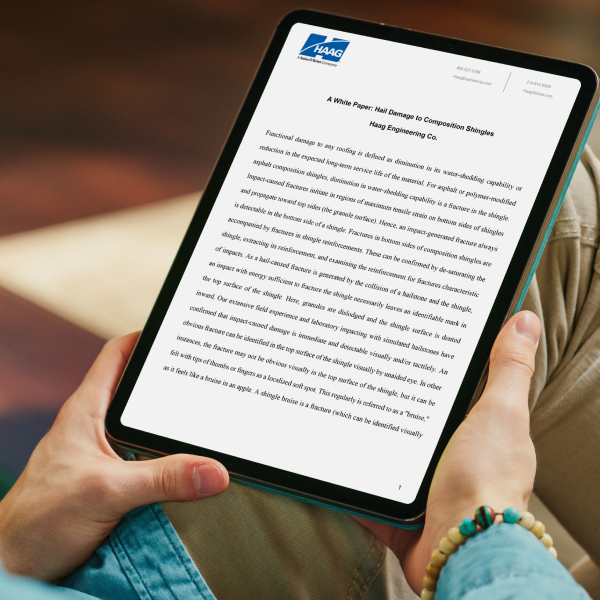Going the extra mile: Haag forensic architect evaluates a remote cabin in coastal Maine
A client engaged Haag to assess the extent of damage to a cabin, reportedly caused by tree strikes and storm events over a two-month period during the previous winter. The reported damage also included pier destruction amounting to millions of dollars. Reported cabin damage included
- A punctured roof with interior moisture intrusion
- Potential framing damage
- Shifting of its stone foundation piers
- Excessive floor deflection
- Window and door operational issues
- Missing roof shingles
- Fractured or missing cedar shake exterior cladding.
The Journey: Accessing a Remote Island Property
The cabin was located on a small, remote island off the coast of Maine in the “Downeast” region. The cabin and a small, detached shed were the only structures on the island, which contained no plumbing or electrical service.
Inspection obstacles included water transportation logistics and timing issues, as we were asked to meet the cabin owner on the mainland before the inspection on a Saturday morning during Labor Day Weekend. Water transportation options included kayaking, borrowing a boat from an acquaintance of the cabin owner, or hiring a lobster boat captain to take us to the island; however, returning to the mainland from the island could not be guaranteed by the captain.
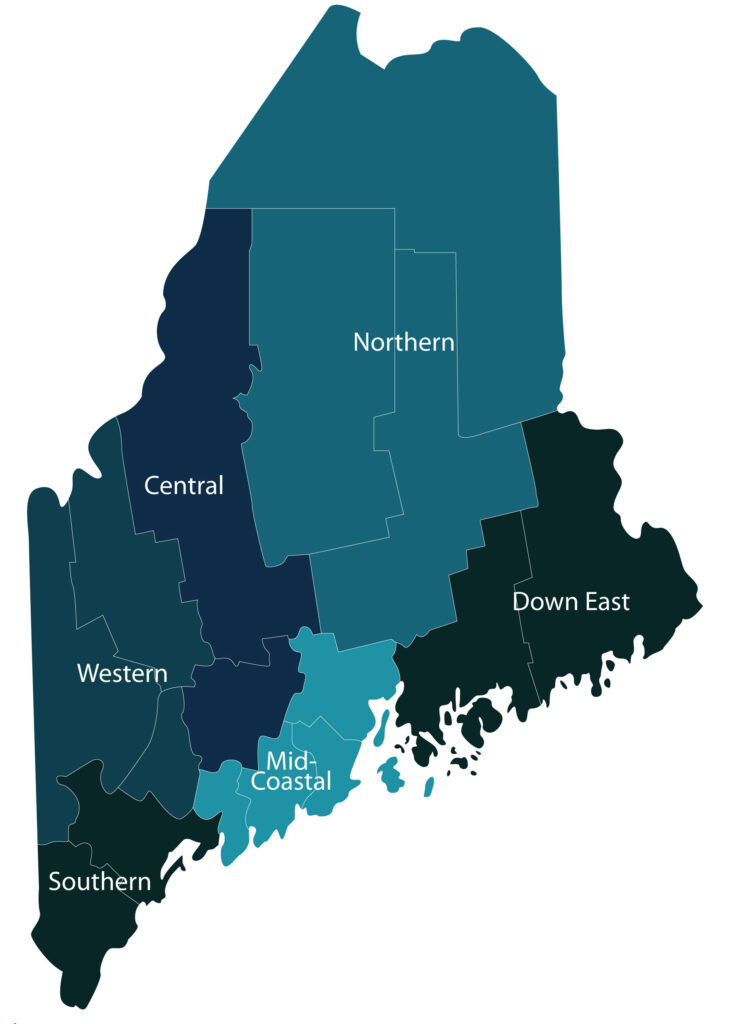
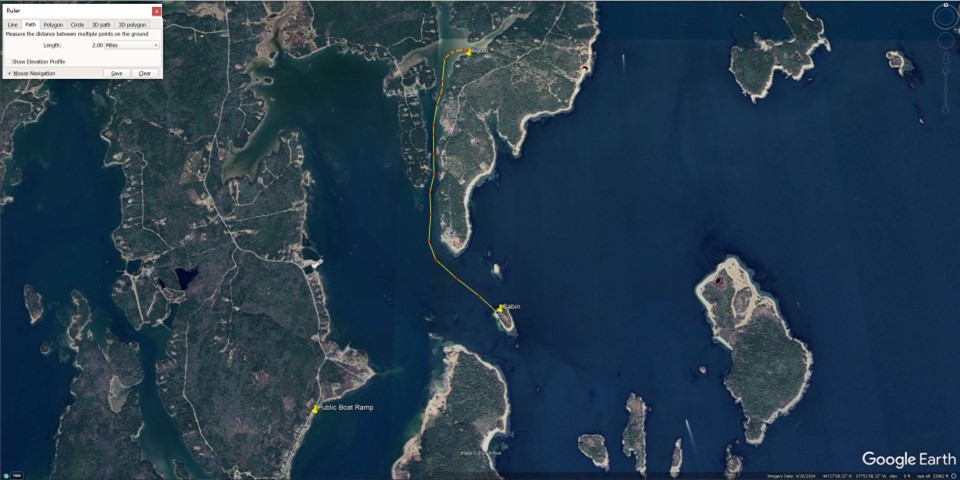
Therefore, we planned a primary kayak course from a public boat ramp approximately 1 mile southwest of the island, and an alternate southward kayak course from the nearest available Airbnb rental house to the island, stopping at a peninsula on the way to meet the cabin owner on his own kayak. The 2-mile alternate course was selected on the morning of the inspection due to rough waters and tidal concerns along the primary kayak course.
After renting a kayak from a nearby kayak and canoe outfitter, we launched from the rental house mid-morning, met the cabin owner on the peninsula, and headed toward the island. Timing was key, as we would not be able to launch or return during low tide. High winds were also expected in the late afternoon, which would prohibit us from traversing the waterway between the island and mainland on the return trip. Along the way, we kayaked alongside seals and experienced beautiful scenery, along with rough water conditions.
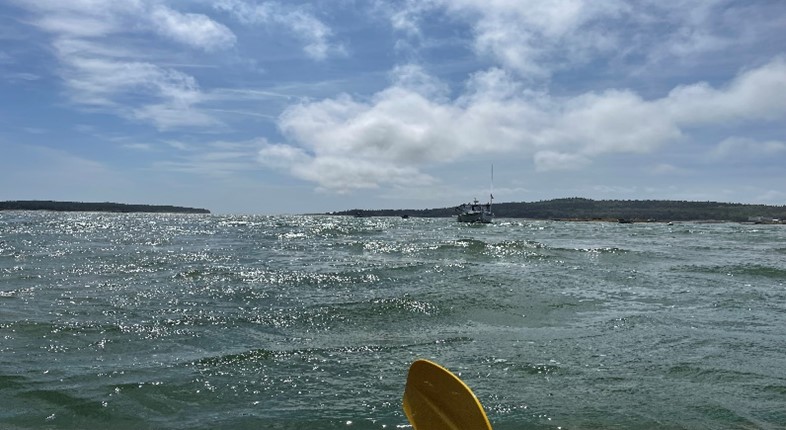
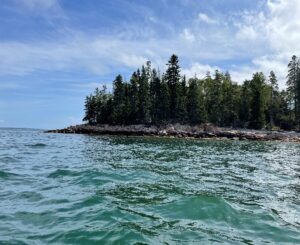
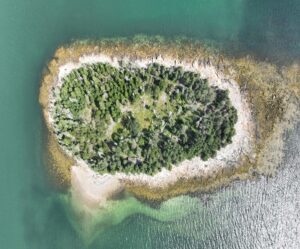
The Inspection: Documenting Structural Conditions
Upon landing on the island, we unloaded our equipment and began the inspection. We were able to secure the inspection equipment to our kayak in a dry bag, including a tablet, zoom-lens camera, drone, levels, measuring devices, and moisture intrusion equipment.
We observed a large area of fallen uprooted trees in the center of the island and adjacent to the east side of the cabin, along with recently cut trees and tree stumps.
Multiple roofing repairs were noted, including at the reported tree impact location. The roof framing was inspected and documented (as shown below). We inspected the exterior walls for plumbness (vertically) and for bowed or bulged walls (horizontally), utilizing measuring tools, a 2-foot digital level, laser level, and line blocks with string. Interior floor slopes were also measured with a 2-foot digital level and recorded.
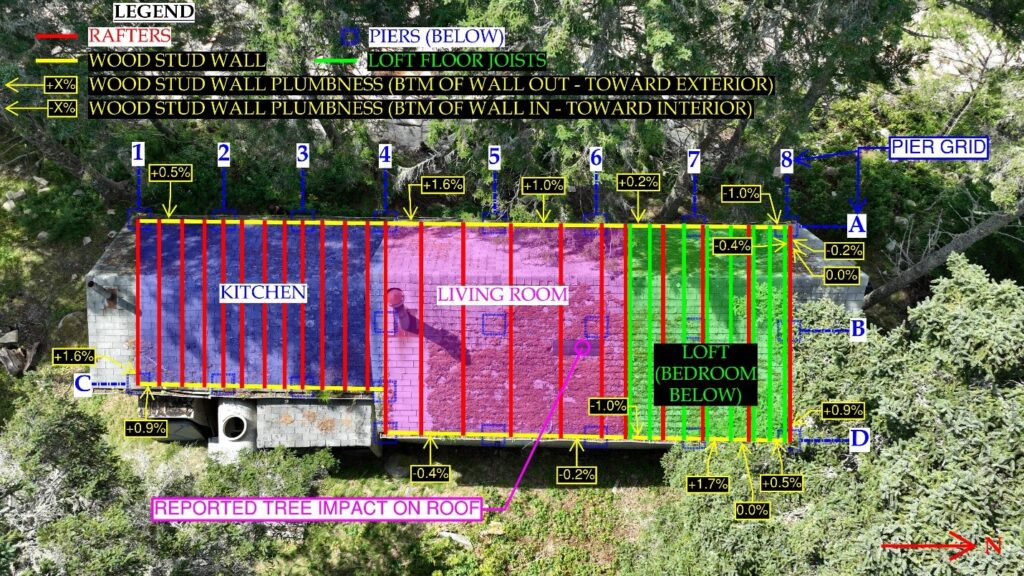
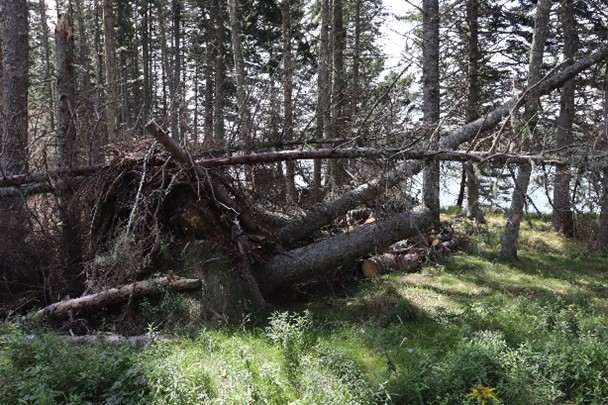
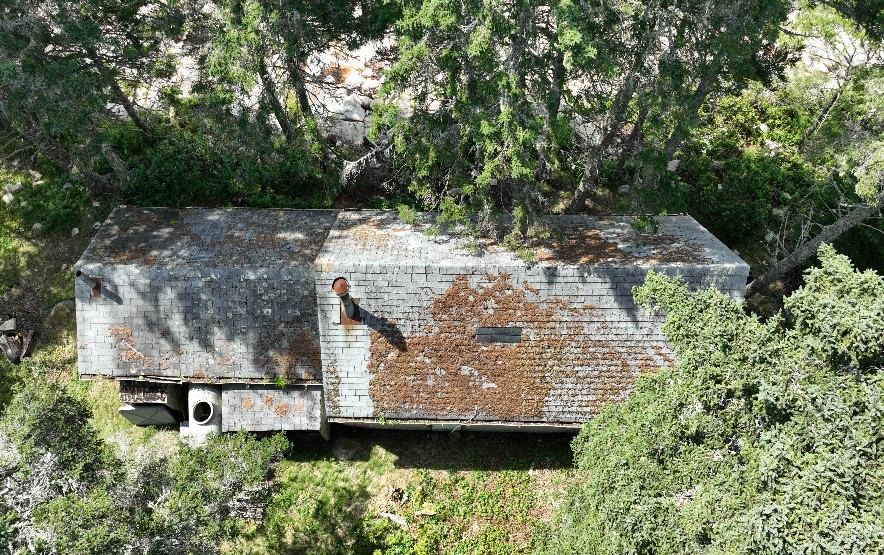
The inspection
We concluded our inspection with an examination of the stone foundation piers and crawlspace area (refer to the First Floor Framing Plan below). We found evidence of previous foundation repairs, a foundation pier positioned outside of the building perimeter, attempted temporary shoring of beams and floor joists, and long-term stone foundation settlement. However, we determined that no load-carrying framing members were affected by the tree strike which could have transferred the load to the floor framing or the foundation, causing the foundation to shift horizontally or otherwise move from its pre-storm location.
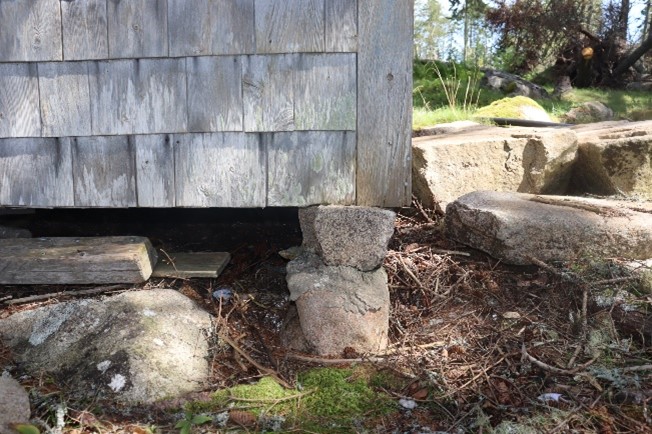
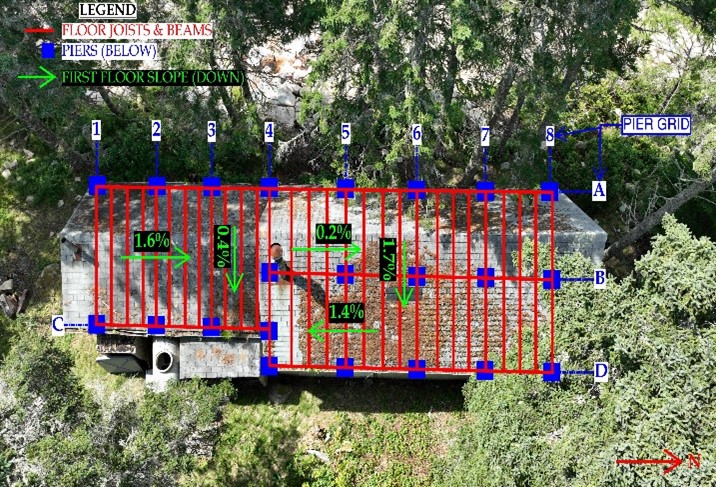
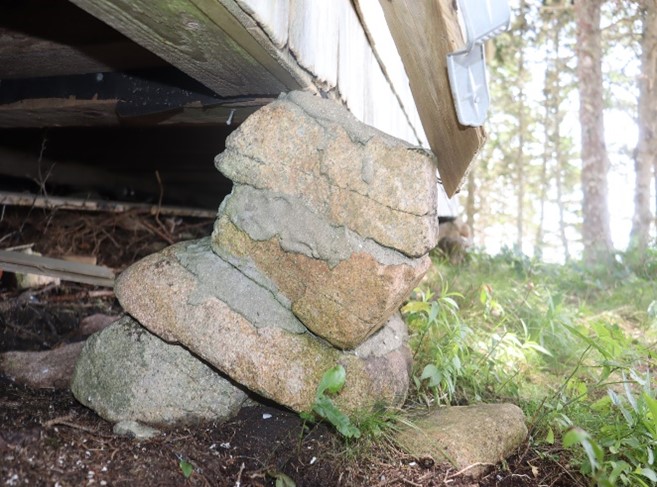
Conclusions: Evaluating the True Extent of Damage
Haag’s forensic architect concluded that a fallen uprooted tree struck the cabin during the reported storm events. However, the tree strike did not cause any widespread structural damage, including differential structural movement, shifting of the foundation, or shifting of the building off the foundation. Further, the tree strike did not cause any damage due to moisture intrusion through the punctured roof decking, nor did it cause floor slope variations, flooring deflection, or window and door functionality issues. The items which were damaged due to the tree strike and storm events, including some of the roof decking, shingles, and cedar shakes were quantified and identified in our detailed forensic architecture report.
Forensic Architecture Expertise – Anywhere You Need It
Haag’s forensic architects and engineers provide thorough structural and building envelope evaluations, even in the most remote locations of the United States. Whether investigating storm damage, foundation shifts, or building envelope performance, our experts deliver unbiased, data-driven inspections to support insurance claims, litigation, and/or remediation.
Contact Haag’s Forensic Architecture Team or call 214-614-6500 to learn more.

Chris deSantis, RA, AIA, CXLT, forensic architect
With a Master of Architecture degree from Virginia Tech and a Bachelor of Arts degree from University of Kentucky, and over six years of diverse professional experience within architectural and engineering firms, and specific concentrations in forensic investigations, Chris DeSantis provides a wide array of forensic and consulting architectural services. Building on his communication skills as a Graduate Teaching Assistant for Steel, Timber, and Reinforced Concrete Structures courses, and his own personal experience working in the masonry construction trade, he breaks down complex architectural, engineering, and construction issues into simple, easy to understand concepts.
Any opinions expressed herein are those of the author(s) and do not necessarily reflect those of Haag or Salas O’Brien.

